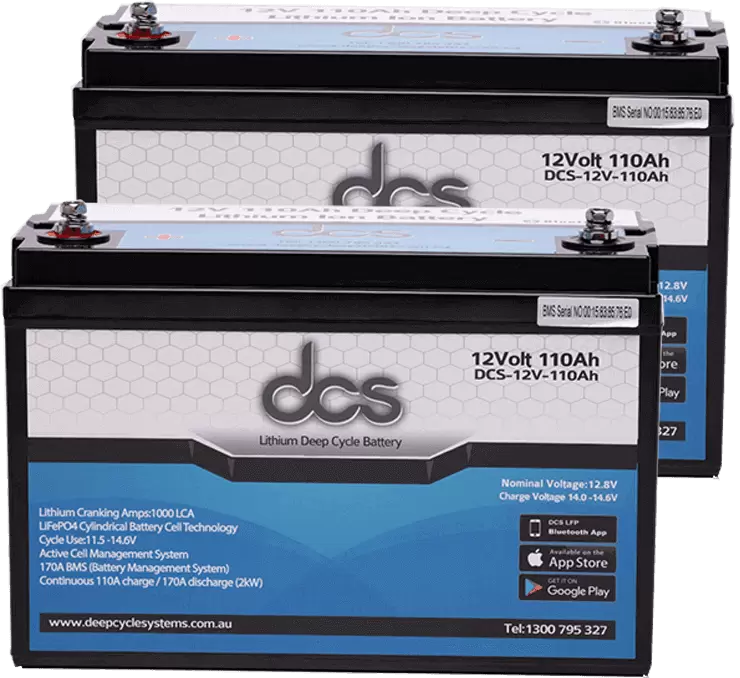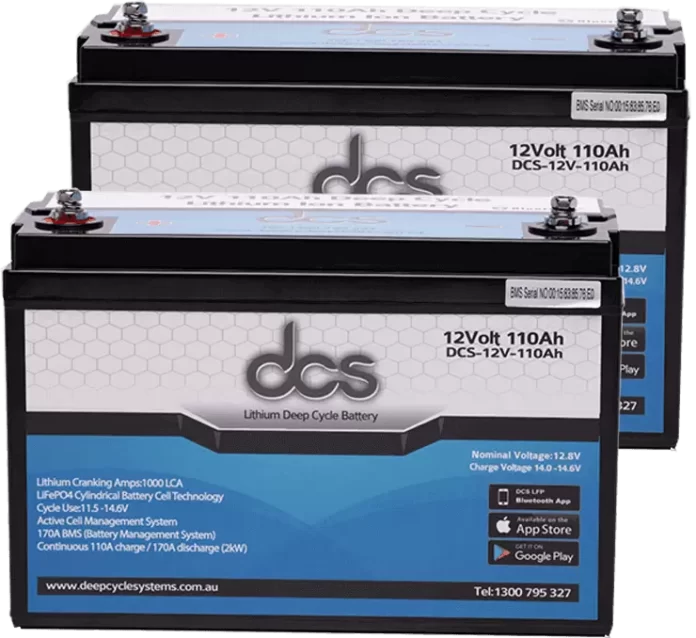A hybrid solar cell is a combination of photovoltaic (PV) and thermoelectric (TE) technologies designed to boost the efficiency of solar energy generation. Hybrid cells were first developed in the 1960s but have yet to catch on widely because they require costly materials and manufacturing methods. However, recent advances in nanotechnology have made hybrid solar panels more affordable for homeowners looking for ways to cut their electricity bills without sacrificing style or comfort.
In hybrid solar cells, two materials are used to generate electricity: silicon and an organic compound called copper-indium selenide (CIS). When light hits the cell, it creates an electric field that separates electrons from their atoms. The electrons flow through a circuit, generating electrical power.
A 5kw Hybrid Solar System Is A New Photovoltaic Structure Used To Produce Solar Power
A 5kw hybrid solar system is a new photovoltaic structure used to produce solar power. In addition, it can be used to generate electricity from both sunlight and heat. This new technology combines the advantages of traditional photoelectric conversion devices with unique functions such as battery charging or thermal storage by using a large number of thin-film semiconductor materials simultaneously, which significantly improves module efficiency and reduces costs.
The main components of this device are:
- PV Module: The core part that converts sunlight into electricity
- Inverter: An electronic device that converts DC electricity into AC solar Cells
- A thin film of semiconductors that convert light into electricity Batteries
- Used to store energy modules
- and can be used to provide power at night.
- Solar panel Mounting System: The metal structure that supports the solar panels is usually steel or aluminium.
 These Technologies Are Usually Combined With Solar Roof Tiles Or Shingles
These Technologies Are Usually Combined With Solar Roof Tiles Or Shingles
Because solar cells are connected to a building’s roof or walls, they can be used to generate electricity. It is typically done by placing one or more solar panels on top of a building’s roof and then connecting them to an electrical grid. Solar panels are made from different materials, including silicon and semiconductor materials. Some of these are designed to absorb specific wavelengths of light, while others can be tuned to capture a broader range of wavelengths.
Solar cells incorporated into construction materials like roof tiles and shingles are also known as BIPV (building integrated photovoltaics).
Solar cells are sometimes used in conjunction with other forms of renewable energy. For example, they can be combined with wind turbines or hydroelectric generators to make a more efficient system. Solar cells have several advantages over other types of renewable energy. They are relatively inexpensive to manufacture and use and don’t require moving parts or complex machinery. Solar panels also have no emissions or pollution associated with their production or operation. Some solar technologies can even be used to generate power from wastewater byproducts.
The Hybrid Solar Panel Is Usually Thin-Film
A hybrid solar panel, also known as a thin-film photovoltaic cell, is made of fragile layers of semiconductor materials. These cells are less expensive to produce than other types of solar panels because they don’t require costly crystalline silicon or glass. They’re also more efficient at converting sunlight into electricity than other solar panels because they can absorb more light from the sun with their small surface area.
Solar panels are made up of many solar cells, typically arranged in panels. The number of cells in the commission depends on its size and how much electricity you need to produce. For example, small portable solar panels may have just a few cells, while larger ones can have hundreds or thousands. The cells within a solar panel are made up of photovoltaic materials that convert sunlight into electricity. It is done by using the energy from photons to knock electrons off their atoms and create an electrical current. The more light there is, the more electricity your solar panels produce.
The main drawback to thin-film solar panels is that they’re less durable than other solar cells. Also, because they’re made from semiconductor materials, they can be more difficult to recycle than other solar panels.
A Hybrid Solar Power Inverter Can Be Efficiently Produced On A Large Scale
A hybrid solar power inverter can be efficiently produced on a large scale, which makes them attractive to the mass market. The hybrid inverter is a device that converts direct current (DC) electricity into alternating current (AC) electricity. This type of solar power inverter is used for residential, commercial and industrial applications. It comprises several different components, including an AC-to-DC converter, an electronic switch and a charge controller.
The main advantage of using this type of inverter is its ability to handle both AC and DC currents from photovoltaic panels without requiring additional components. The solar power inverter is connected to the battery bank, which stores the generated electricity. It also helps to protect the batteries from overcharging or discharging too much power.
The hybrid inverter makes it possible to store energy in batteries and use it when needed. It is an advantage for those who live in remote areas without access to an electrical grid. The device can also be a backup generator if the primary power source fails.
Solar Battery Package Uses Little To No Silicon
The solar battery package is made from a mix of silicon and other materials and therefore use little to no silicon. The meetings are less expensive to manufacture than conventional silicon-based cells. You get all the benefits of a traditional solar cell with fewer drawbacks (like lower efficiency).
There are many different types of hybrid solar cells, but they all have one thing in common: they use less silicon than standard PV modules. Hybrid solar panels are less expensive to manufacture than conventional silicon-based cells.
Hybrid solar panels are more efficient than standard solar panels but are less efficient than pure silicon cells. They also cost more than traditional PV modules because they require more expensive manufacturing processes and materials.
Hybrid Solar Cells Generate Electricity From Light And Heat
Hybrid solar cells generate electricity from light and heat so that they can be more efficient than conventional cells even in low sunlight conditions. They are also less expensive and easier to manufacture than other solar cells.
These cells use a combination of technologies, such as silicon and perovskite materials, to produce electricity. Hybrid solar cells use light and heat to generate electricity; it converts energy from the sun’s rays into an electrical current using different methods depending on the amount of usable sunlight available at any given time.
Hybrid solar cells are a photovoltaic (PV) cell that uses light and heat to generate electricity.
Conclusion
With all these benefits, it’s no wonder hybrid solar cells are becoming more popular. They can be used in various ways, from small personal devices like phones and laptops to larger commercial projects like factories or office buildings. If you’re interested in getting started with hybrid solar technology, contact us today! You can buy these solar panels from deep Cycle Systems.
Related Websites
Articles on Blogshunt
Articles on Blogseu
Articles on Blogspeoples
Articles on Thebigblogtheory
Articles on Allcityforums

